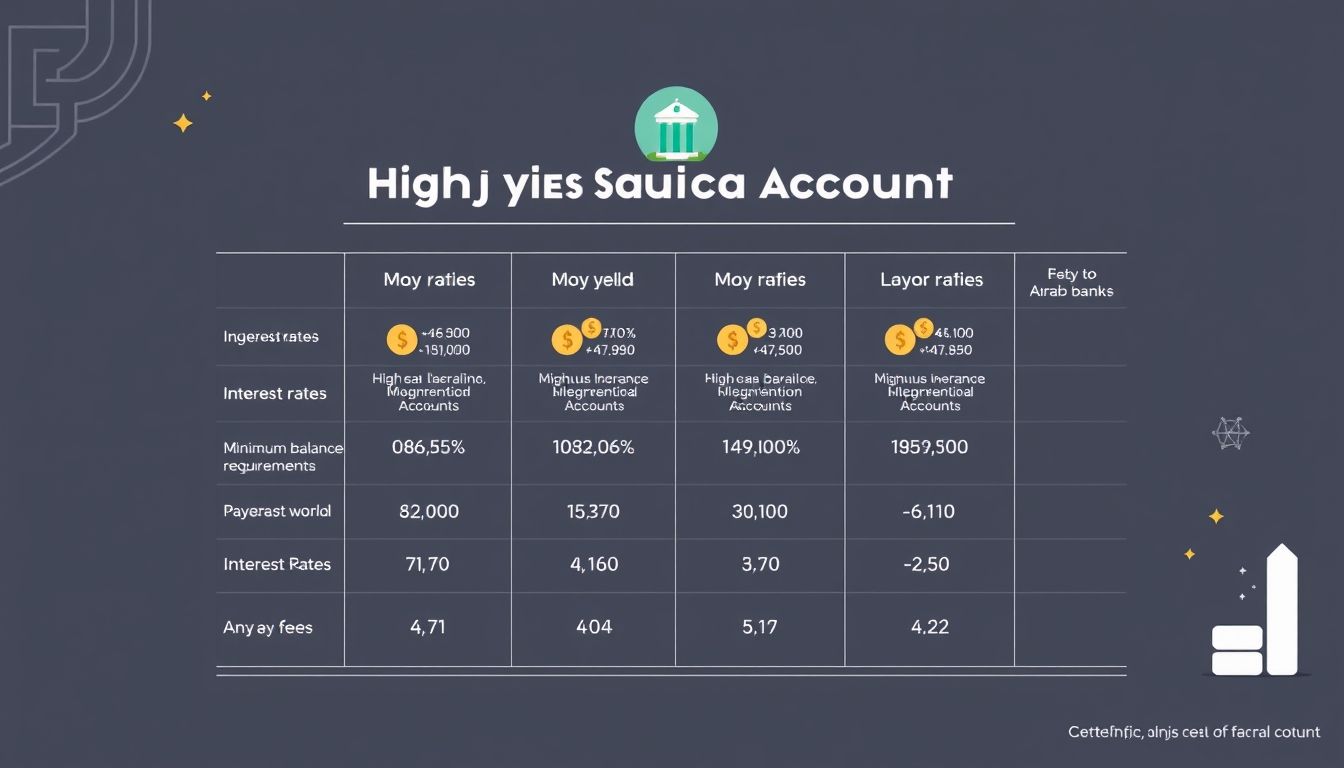Introduction: The Financial Challenge and Food Saving Opportunities
In today's world, financial planning is a significant challenge for individuals and families alike. With rising living costs and price fluctuations, controlling expenses becomes essential for achieving financial stability. Among the basic expenses that drain a large portion of the budget, food expenses stand out as one of the main areas where significant savings can be achieved. This article provides you with practical and well-thought-out strategies to reduce food expenses and shop smartly, enabling you to achieve your financial goals without sacrificing your quality of life.
Chapter 1: Understanding Your Food Spending Patterns
Before starting any savings plan, it's essential to understand how you currently spend on food. Track your expenses for at least one month to determine exactly where your money is going. Use an expense tracking app or a simple spreadsheet. Analyze the data to identify patterns, such as:
- How much do you spend on eating out?
- What types of foods do you buy frequently?
- Do you buy a lot of food that expires before you use it?
Example: Let's say you spend $500 a month on eating out. Once you know this, you can start gradually reducing these expenses.
Chapter 2: Meal Planning: The Foundation of Saving
Meal planning is the cornerstone of saving on food expenses. Before going to the store, set aside time to plan your meals for the entire week. Make a list of the ingredients you need and stick to it when shopping. Avoid impulse buying that leads to increased spending and purchasing unnecessary food items.
Tips for Meal Planning:
- Look for easy and economical recipes.
- Use the ingredients you already have.
- Plan to use leftovers in other meals.
- Make planning a family activity to involve everyone.
Statistic: Studies show that meal planning can save up to 20% of food expenses.
Chapter 3: Smart Shopping: Effective Strategies
Smart shopping doesn't just mean buying the cheapest products, it means buying the products you need at the best possible price. Here are some effective strategies:
- Compare prices: Before buying, compare prices between different stores. Use price comparison apps or browse websites.
- Look for deals and discounts: Take advantage of seasonal deals and discounts. Subscribe to store newsletters to get alerts about special offers.
- Buy in bulk: If you use a particular product frequently, buy it in bulk when the price is right.
- Avoid shopping when you're hungry: Shopping when you're hungry can lead to buying unhealthy and unnecessary foods.
Chapter 4: Cooking at Home: Fun and Economical
Eating at home is always the more economical option compared to eating at restaurants or ordering takeout. In addition, you can control the ingredients used and ensure the quality of the food.
Tips for Cooking at Home:
- Learn new and exciting recipes.
- Set aside time to cook on the weekend.
- Use kitchen tools efficiently.
- Share cooking with family or friends.
Example: Instead of ordering pizza from outside, learn how to make it at home. It will be cheaper and healthier.
Chapter 5: Reducing Food Waste: Responsibility and Saving
Food waste is a global problem that affects the environment and the economy. On average, about one-third of the food produced globally is wasted. To reduce food waste in your home:
- Plan your meals carefully: Buy only what you need.
- Store food properly: Use airtight containers and refrigerate perishable foods quickly.
- Use leftovers: Be creative in using leftovers in other meals.
- Know the expiration dates: Understand the difference between "best before" and "use by".
Statistic: The average family can save hundreds of dollars a month by reducing food waste.
Chapter 6: Home Gardening: A Sustainable and Saving Option
If you have enough space, consider growing some vegetables and herbs at home. Even a small garden can provide you with some fresh ingredients and help you save money.
Tips for Home Gardening:
- Start by growing easy-to-grow herbs like mint and parsley.
- Use pots or vertical gardens if space is limited.
- Find information on how to grow the vegetables you use frequently.
- Enjoy the process and learn from your mistakes.
Chapter 7: Healthy and Economical Alternatives
Sometimes, expensive foods can be replaced with healthy and economical alternatives. For example:
- Replace red meat with legumes as a protein alternative.
- Use seasonal fruits and vegetables instead of imported ones.
- Make healthy snacks at home instead of buying ready-made snacks.
Example: Legumes like lentils and beans are excellent sources of protein and are much cheaper than meat.
Chapter 8: Beverages: Rationalizing Spending
Beverages can represent a large part of food expenses. To rationalize spending on beverages:
- Drink water instead of soft drinks and sweetened juices.
- Make fresh juices at home instead of buying them from the store.
- Reduce coffee and tea consumption in cafes.
- Carry a reusable water bottle.
Example: One cup of coffee a day from a cafe can cost you hundreds of dollars a month.
Chapter 9: Taking Advantage of Loyalty and Reward Programs
Many stores and restaurants offer loyalty and reward programs for customers. Subscribe to these programs and take advantage of the offers and discounts they provide. You may get points or discounts with each purchase, which helps you save money in the long run.
Chapter 10: Reviewing and Adjusting the Budget
Saving on food expenses is an ongoing process. Review your budget regularly and adjust it as needed. Track your progress and celebrate your achievements. Don't be discouraged if you face some challenges, and continue to look for new ways to save.
"Saving is not deprivation, but the art of managing resources to achieve goals."




